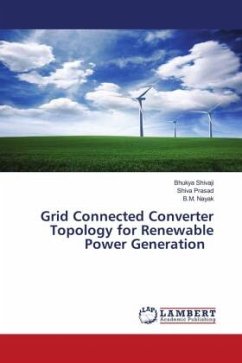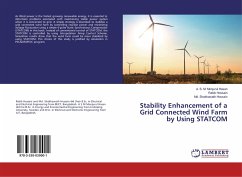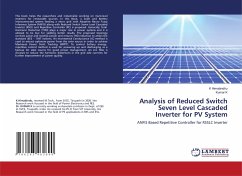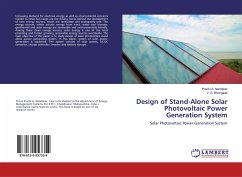In this book, a comprehensive analysis of a three-phase single stage grid-connected photovoltaic (PV) system using current controlled inverter is presented and simulated using Matlab/Simulink. To deal with varying irradiance conditions, the incremental conductance Maximum Power Point Tracking MPPT has been used. The main part of the project that is the three-level Neutral Point Clamped (NPC) inverter together with its Space Vector Modulation SVM control algorithm has been implemented using STM32F4 board. The proposed system consists of three-level neutral point clamped inverter, the converter used is a Voltage Source Inverter (VSI) which is controlled using synchronous d-q reference frame to inject a controlled current into the grid. Phase locked loop (PLL) is used to lock grid frequency and phase. And an LCL filter used at the inverter output to remove the high frequency ripple. The main result of the project is that power has been injected to the grid while the current's Total Harmonic Distortion THD has been kept below the level required by the international standards.








